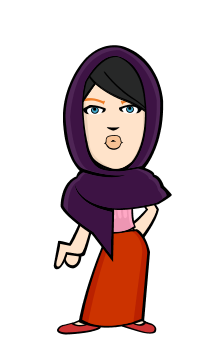Nixon sought to deflate the antiwar movement by appealing to a “silent majority” of Americans who he believed supported the war effort. In an attempt to limit the volume of American casualties, he announced a program of withdrawing troops, increasing aerial and artillery bombardment and giving South Vietnamese control over ground operations. In addition to this policy, which he called “Vietnamization,” Nixon continued public peace talks in Paris, adding higher-level secret talks conducted by Secretary of State Henry Kissinger beginning in the spring of 1968. The North Vietnamese continued to insist on complete U.S. withdrawal as a condition of peace, however, and the next few years would bring even more carnage, including the horrifying revelation that U.S. soldiers had massacred more than 400 unarmed civilians in the village of My Lai in March 1968.
Anti-war protests continued to build as the conflict wore on. In 1968 and 1969, there were hundreds of anti-war marches and gatherings throughout the country. On November 15, 1969, the largest anti-war protest in American history took place in Washington, D.C., as over 250,000 Americans gathered peacefully, calling for withdrawal of American troops from Vietnam. The anti-war movement, which was particularly strong on college campuses, divided Americans bitterly. For some young people, the war symbolized a form of unchecked authority they had come to resent. For other Americans, opposing the government was considered unpatriotic and treasonous.
As the first U.S. troops were withdrawn, those who remained became increasingly angry and frustrated, exacerbating problems with morale and leadership. Tens of thousands of soldiers received dishonorable discharges for desertion, and about 500,000 American men from 1965-73 became “draft dodgers,” with many fleeing to Canada to evade conscription. Nixon ended draft calls in 1972, and instituted an all-volunteer army the following year.
In 1970, a joint U.S-South Vietnamese operation invaded Cambodia, hoping to wipe out DRV supply bases there. The South Vietnamese then led their own invasion of Laos, which was pushed back by North Vietnam. The invasion of these countries, in violation of international law, sparked a new wave of protests on college campuses across America, including two at Kent State in Ohio and Jackson State in Mississippi during which National Guardsmen and police killed a total of six student protesters. By the end of June 1972, however, after another failed offensive into South Vietnam, Hanoi was finally willing to compromise. Kissinger and North Vietnamese representatives drafted a peace agreement by early fall, but leaders in Saigon rejected it, and in December Nixon authorized a number of bombing raids against targets in Hanoi and Haiphong. Known as the Christmas Bombings, the raids drew international condemnation.



